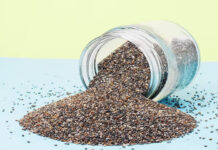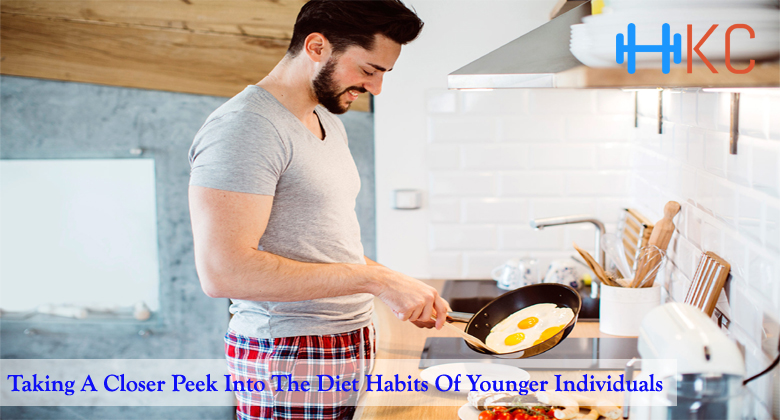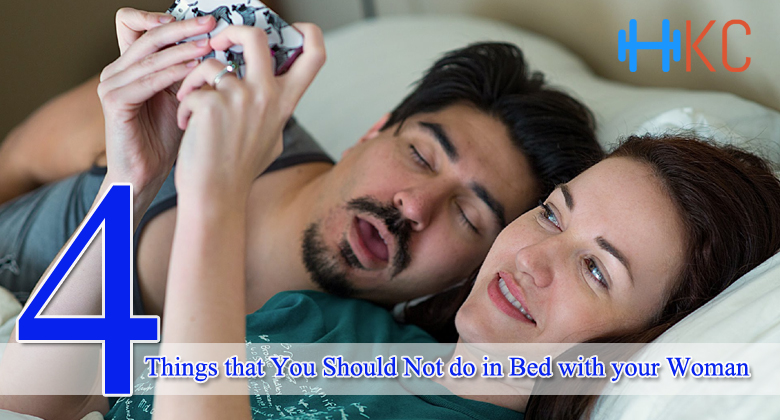Ditch The Coffee Pot And Start Making Espresso
One of the easiest ways to consume less caffeine isn’t to start drinking decaf. It’s to start drinking espresso.
That might seem counterintuitive to drink a strong blast of highly caffeinated coffee, but there is some logic here.
Espresso doesn’t have as much caffeine as drip.
This is a fact that not many people realize. Instead of drinking a weak coffee imposter in the form of decaf, cut down on your caffeine with rich, intense espresso.
Let’s dive into the numbers to see how this works.
Yes, espresso has less caffeine
With a strong coffee culture, it may seem like Europeans live in a constant state of caffeine buzz with the many shots of espresso they drink throughout the day. The reality is that Americans consume far more caffeine.
]though espresso tastes stronger, there is less caffeine. Espresso is generally 2 fluid ounces with around 80 mg of caffeine.
12-ounce American drip coffee has about 120 mg. And, remember, a 12 ounce is about as small a coffee as it gets. Many people drink several small coffees per day or even larger ones.
Now, if you look at it from an ounce per ounce perspective, then yes, espresso has more caffeine per ounce. Nobody, however, is drinking 12 ounces of espresso shots.
Getting some caffeine is healthy
Another reason to not go with decaf is that getting some caffeine in your system actually has health benefits.
Those of us who workout can benefit from a reduction in muscle pain post-workout. Plus, there seems to be a reduced risk of Alzheimer’s disease.
Yet, too much caffeine is not so good. It can lead to insomnia, irritability and a rapid heartbeat.
Getting some caffeine in smaller doses is ideal. This is where drinking a couple of shots of espresso per day instead of drip coffee has its benefits.
Quicker buzz
Since you drink espresso in a couple of sips, the caffeine hits your nervous system much faster. When you sip on a drip coffee for a half hour or more, there is a constant drip of caffeine entering your system.
This means that you can process the caffeine much faster. You get that jolt you’re looking for and then your body moves on quickly.
Make it yourself
The best way to make drinking espresso a routine is to make it at home. There are some coffee shops that make good espresso, but more often than not you’ll have to search for a good one, drinking flabby espresso along the way.
Getting a good home espresso machine is very important. As is going with freshly roasted coffee. Find a local roaster and order their espresso roast. Then grind it just before use to have all the flavors and oils intact when it gets brewed.
You’ll also save money this way as espresso is not cheap when you order it out. When you have the right machine, the right beans and grind it fresh, you can’t miss.
What to look for in espresso beans
You can really go down the rabbit hole of the coffee world and start looking into single-origin coffee beans and Omni roasting. For the sake of just helping you get started, we’ll stick to the basics of how to pick the best coffee beans to make espresso.
The most important thing to look for is freshness. If you have a local coffee roaster then go talk to them and find out when their coffee has been roasted. You may not even be aware that your area has a coffee roaster, but luckily they are becoming more prevalent.
If you can be using beans that were roasted less than 4 days beforehand then that is your best bet for rich, intense espresso.
Look for a dark roast. Some roasters will call it Italian roast, espresso roast or even Vienna roast. All of these are medium dark to dark. This will give an intense flavor that you want from espresso. Using light roasts will result in a weak and insipid espresso.
The origin of the beans all comes down to personal preference. Some areas produce a sweet and aromatic coffee. While others may be acidic and fruity. Where they come from is not as important as how they are roasted. You may need to try several different blends to settle on the one that you prefer.
What makes a good espresso
Espresso needs to have what’s called crema on top. This is an Italian word for cream.
When everything is working together then you can get that cream. What I mean is when you have fresh beans, properly roasted and use a good espresso machine, then you will get that crema.
It forms when the essential oils from within the bean are extracted and then float to the top. The color is a lighter brown than the more liquidy espresso underneath.
The crema is what you should be shooting for every time. If it is not present then your espresso won’t be rich and satisfying.
When you’re espresso is coming through the filter and flowing into the cup, you should see the coda di topo. This is another Italian phrase meaning the mouse tail. The coffee shouldn’t drip, but it shouldn’t flow too fast either. It should be a single stream of brown liquid that flitters as it enters the cup. And it resembles a mouse tail.
Leave it to the Italians to be so poetic about coffee!
How to set up the coffee machine
The exact steps to set up and calibrate your machine highly depends on the type and model that it is. So, I can’t give a detailed guide on how to do that.
Here are some basics to get you aware of how to make a great espresso with your machine.
The very first step to calibrating your machine should be to do some seasoning shots. Sort of like test shots, this will flush out any contaminants that are in the system. These could be detergents or even debris from the manufacturing process.
Set up your grind and fill your port a filter with the right amount of powder. Then run the water through a few times. Don’t drink these shots as they aren’t meant to test the flavor, just to clean out the machine.
When you are ready to make an espresso to drink, the best temperature setting should be between 90 and 96°C. Just under boiling is the ideal temperature to properly extract the oils and flavors of the powder without burning it.
Preparing the coffee
If your machine doesn’t have a grinder, then buy a separate burr grinder. Avoid the other types of grinders with the blade that whirs and chops the beans. They don’t get consistent and result in a sub-par coffee.
Grind them to a fine powder just before you plan to brew.
Put the recommend dose in the port a filter and tamp it down. Use 30 pounds of pressure to make sure that it is tightly packed but not so tight that the water can’t pass through it.
Next, attach the port a filter, press the start button and watch the mouse tail dance around. Then enjoy a delicious and rich espresso!
















